Date: 5 August 2013
A 15-year-old student who was climbing atop a stack of wresting mats careened into adjacent traditional wired glass nearly severing his entire arm.The student sued the school district in federal court saying school officials were negligent because they should have been aware of the inherent danger of the glass and removed it. A lawyer for the school district said the problem was the decision to hold wrestling practice in the cafeteria instead of the gymnasium. The school district paid out $2 million and issued an apology for not upgrading the dangerous wired glass in an impact area. Unfortunately, the Kent school district is not the first — and not the last district — to face consequences for exposing students to the risk of injury from traditional wired glass.
In 2011, an Oregon jury awarded a 13-year-old student $220,000 in damages when her leg kicked through an unsafe wired glass panel on a door in a high traffic area. Families nationwide are suing schools, community centers, architects, builders and others responsible for leaving traditional wired glass in impact areas where accidents can and do frequently occur. Conservatively, there are more than 2,500 traditional wired glass accidents each year in schools alone, according to a study by Dr. Philip Graitcer of Emory University.
.jpg)
Ignorance of danger is not a credible defense
“In deciding what a reasonably careful school district should or should not do, the law will charge the school district’s employees with knowledge of the dangers of wired glass even if they are unaware of those dangers,” writes Kenneth Lumb, a Chicago trial lawyer at Corboy & Demetrio. Mr. Lumb has represented numerous victims of traditional wired glass, including the family of a 20-year-old college student who died after falling out of a hallway window glazed with traditional wired glass.
Lumb continues: “A property owner must act reasonably in light of what it knew or should have known. It is virtually impossible today to plausibly claim ignorance of the dangers of wired glass in impact areas in light of the information available on the internet, in trade publications, and other sources, not to mention the number of injuries and six and seven figure verdicts and settlements that have resulted from those injuries.” Several state education departments and superintendents, such as New York’s and Oregon’s, have issued advisories warning schools about the dangers of traditional wired glass.
It’s not just the school district who can be sued when there’s a horrible injury. Architects, builders and contractors are often named as defendants as well.
“The fact that wired glass is ‘allowed’ in an existing building because the code does not require its removal is not a defense to a negligence lawsuit,” continues Lumb referring to the 2003 and 2006 IBC which banned traditional wired glass in impact areas first in schools and later in all new buildings. The new codes did not “require” the replacement of dangerous wired glass in buildings built before 2003. “Compliance with a building code does not mean a building is safe,” writes Lumb. “Rather, it is the architect’s and builder’s job to use applicable codes as a tool…to design and build a facility that is safe.”
.jpg)
Traditional wired glass should be removed from impact areas
Traditional wired glass is NOT safety glass. “Most people believe the purpose of the wire in glass is safety and security, but it isn’t,” said Drew Gilliand at the University of Oregon, which was a defendant in the landmark wired glass case dating back to a 2001 wired glass accident in a gymnasium. “The wire mesh simply holds the glass in place during a fire. The product is actually quite weak and breaks more easily. It is also more dangerous when broken, causing extensive injuries” because of the jagged break patterns and protruding wire.
For a time in the 1980s, it was the only fire rated glass product available and was installed widely in schools even though it failed to meet the federal safety glazing standards issued by the Consumer Product Safety Commission (CPSC). Today, there are many affordable and attractive (tint-free and wire-free) glazing options that meet both fire and impact safety standards.
Building codes adopted after 2003 and 2006 prohibit unsafe traditional wired glass in hazardous locations, which includes glazing in swinging doors and glazing in fixed panels in areas subject to human impact as defined by the building code.
But, that leaves “miles and miles of wired glass in schools built before 2003,” said Lumb. “As many school districts have learned the hard way, though, traditional wired glass is never appropriate in areas where children could come into contact with it, regardless of what a building code says.”
Forward thinking schools proactively replace traditional wired glass
“Fire and impact safety in school glass are not separate goals,” says William O’Keeffe, founder of SAFTIFIRST. “Both must be maintained.”
A San Francisco school with 1,350 students elected to replace all traditional wired glass panels in impact areas with glass that offers both fire and impact safety. “The Education code requires vision panels in doors so outside persons can observe what’s going on inside the classroom,” said Daniel Klingebiel, Director of Facilities and Planning at the National Center for International Schools. Klingebiel oversaw the replacement of traditional wired glass in vision panels and sidelites with SuperLite products. “I will sleep better at night knowing the wired glass danger has been removed—knowing what I know now and given the videos and documents about the dangers of wired glass—I’m glad we did this changeover.” (Click here to see a video entitled “A Fire and Impact Safety Case Study.)
According to Tim Nass, SAFTIFIRST National Sales Manager, wired glass can be “upgraded to something more effective and aesthetically pleasing.” Click here to read a case study of Middlebury College, which elected to replace all of its unsafe wired glass in hazardous locations in a cost-effective way.




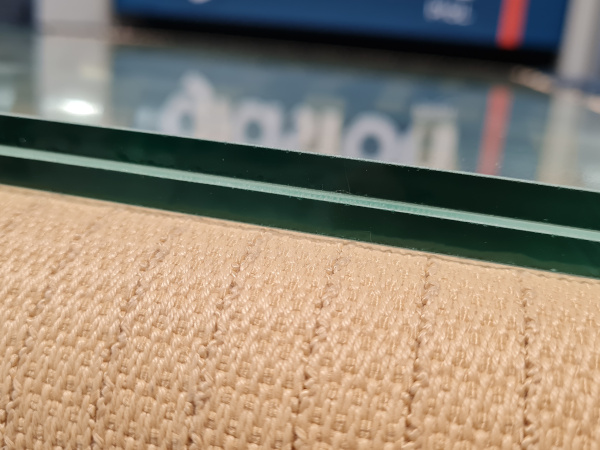
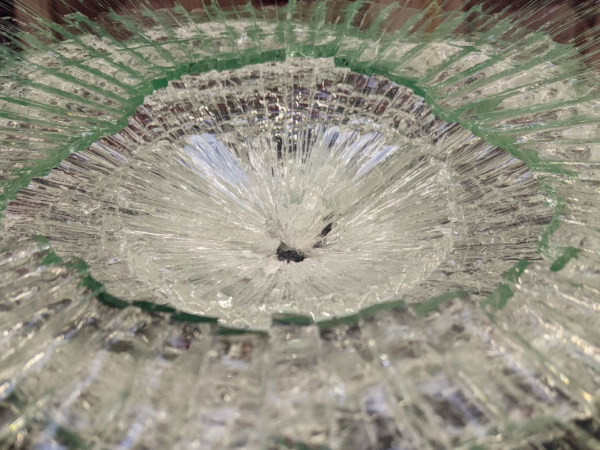









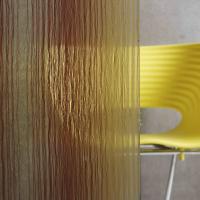
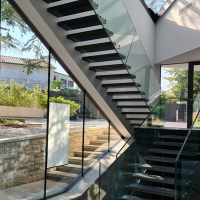
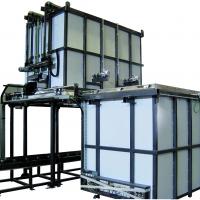
Add new comment